
Page Contents
- 1 What is low-grade fever?
- 2 15 causes of subfebrile temperature
- 3 Acute infectious diseases
- 4 Parasitic infections
- 5 Thyroid disease
- 6 Drug administration
- 7 Subfebrile temperature in children
- 8 Temperature measurement and interpretation of
Subfebrile temperature that lasts for a long time is no less dangerousfor human health than its short-term increase to high values against the background of colds. That is why it is important to know what can be the low-grade fever and how to deal with this phenomenon. In a literal translation from the Latin language, subfebrile means "near fever".In fact, this symptom can indicate both the most innocuous changes in the body, and on pretty serious pathologies.
What is low-grade fever?

The normal temperature of a healthy person is 36.6 ° C.However, during the day, depending on many factors( time of day, general health, etc.), this indicator may vary. The permissible physiological change is 0.5-1 ° C.Thus, the normal range of body temperature is from 35.6 to 37.5 ° C.
Specialists distinguish between febrile and pyretic body temperature. In the first case, the thermometer's column rises to 39 ° C.When this value exceeds 39 ° С, physicians speak about a pyretic temperature. But what is subfebrile temperature, and what characteristic signs indicate its presence?
The classical subfebrile temperature is usually considered to be the state when the thermometer's indicators remain at 37-37.5 ° C for a long time. Some experts prefer to expand this range to 38 ° C.Thus, the "near fever" temperature is in the range from 37 to 38 ° C.
Against the background of a fever, the patient may feel unwell, or not feel any changes in the state of health. Complexity of subfebrile condition for modern doctors is that it is very difficult to conduct its differential diagnosis. A rise in temperature within the specified figures for 1-2 days in most cases indicates only minor health disorders. About pathology speak in the case when the subfebrile temperature lasts more than three days and is accompanied by deterioration of the general condition.
15 causes of subfebrile temperature
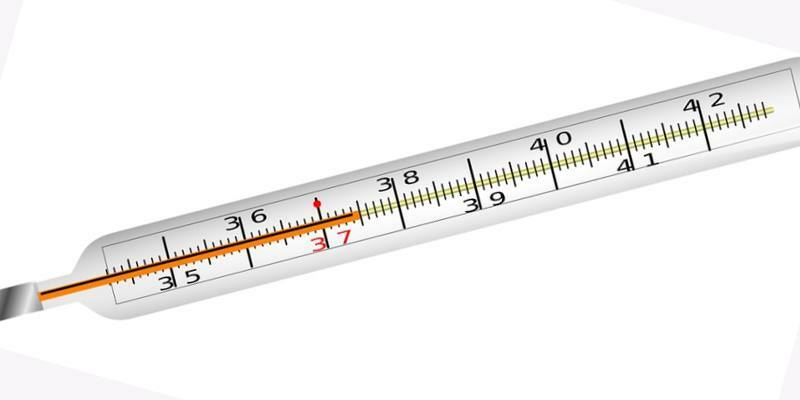
The complexity of the problem is that many people do not pay attention to such a seemingly innocuous symptom and continue to lead a habitual way of life. However, raising the temperature to subfebrile values can directly indicate a fairly serious disease. The reasons for low-grade fever can be very diverse. Therefore, if an anxiety symptom is found, it is always necessary to consult a doctor.
Often the subfebrile condition is accompanied by other signs that indicate the development of serious health problems. Together, these manifestations create a clear picture for the interpretation of the situation and the setting of an accurate diagnosis. Consider the 15 most common causes of subfebrile fever:
Acute infectious diseases
The most common cause of subfebrile temperature is the inflammatory processes in the body caused by infectious diseases. This group includes ORVI, bronchitis, pharyngitis, pneumonia, otitis, etc.
In addition to raising body temperature, with acute respiratory viral infections, the patient has general malaise, headache, cough, runny nose and aching joints. When patients complain about the temperature rise, doctors are primarily suspected of these diseases.
Chronic infections
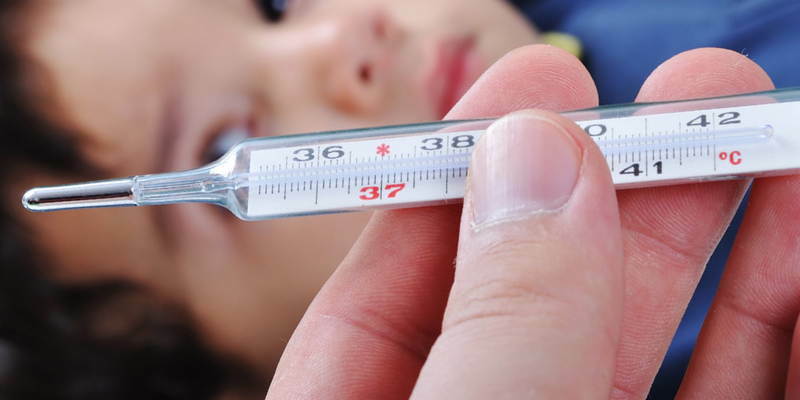
To subfebrile condition may exacerbate diseases of the gastrointestinal tract( pancreatitis, gastritis, cholecystitis and colitis), inflammatory processes in the urinary tract( cystitis, urethritis) or in the genitals( prostatitis).The complexity of diagnosis is that a patient needs to undergo a series of special laboratory tests to detect a slow infectious process. Initially, it can be urine and blood tests. In some cases, radiography, ultrasound, computed tomography and a doctor's consultation are all required - all this helps to identify possible problems in the work of a specific organ.
Parasitic infections

In the development of diseases such as toxoplasmosis and brucellosis, the patient has a subfebrile temperature for a long time. You can get infected due to contact with pets, when eating foods that have not undergone sufficient heat treatment. In addition to the subfebrile condition, with the development of toxoplasmosis, the patient may experience headache, weakness, and a decrease in appetite.
Antipyretics in this case do not help bring down the temperature and reduce the manifestation of symptoms. Treatment of people with stable immunity, as a rule, does not require taking medications. The use of medicines is advisable only in the case of an acute form of the disease.
HIV infection
The human immunodeficiency virus may not appear for 1 to 6 months after infection. After this period, the first symptoms appear: an increase in lymph nodes, headaches, nausea, vomiting and a constant increase in body temperature to subfebrile values. On the skin rashes are noted, the patient is concerned about the pain in the joints and muscles.
The organism infected with the immunodeficiency virus becomes defenseless even before the most harmless colds. The problem is the timely detection of the virus. For this purpose, appropriate diagnostic measures are carried out: the ELISA method( enzyme immunoassay).
Tuberculosis
Until recently, it was generally accepted that this disease occurs only in places of deprivation of liberty and in a socially disadvantaged environment. However, today this infection is diagnosed in representatives of quite well-off categories of the population. The disease affects the lungs, sex and bone system, eyes and skin. Constant subfebrile temperature is one of the signs of tuberculosis. In addition, the following symptoms develop:
- insomnia;
- appetite impairment;
- fast fatigue;
- increased sweating;
- cough, sometimes with blood;
- pain in the chest.
Mantoux test in children and fluorography in adults help to detect the disease at an early stage. Sometimes a computer tomography is required to clarify the diagnosis. For more reliable and accurate results, instead of a Mantoux test, Diaskintest can be conducted.
Viral hepatitis B and C

Sometimes the cause of protracted subfebrile condition may be viral hepatitis. The rise in temperature to subfebrile values may indicate a slow-onset form of the disease.
In addition to fever, general poor health, weakness, sweating, pain in the joints and muscles, single manifestations of jaundice. Infection with hepatitis occurs, as a rule, through non-sterile medical instruments, due to unprotected sexual contact, through dirty syringes and blood transfusions.
Oncology
When a malignant tumor appears in the body, the work of all organs and systems is disrupted. Oncology affects the metabolic processes, and among other symptoms appears subfebrile temperature. If the doctor did not detect infections and anemia when the patient consulted about the subfebrile condition, then oncology falls under suspicion. Doctors say that subfebrile condition for 6 months or more is one of the characteristic signs of cancer at an early stage.
The development of cancer cells triggers the release of protein-pyrogen into the blood, which contribute to an increase in body temperature. At the same febrile state of the patient can not be overcome by the use of antipyretic and anti-inflammatory drugs. Along with an increase in body temperature, other syndromes may also appear:
- Hypoglycemia;
- Anemia;
- Itching of the skin without rashes;
- Erythema Darya.
Thyroid Diseases
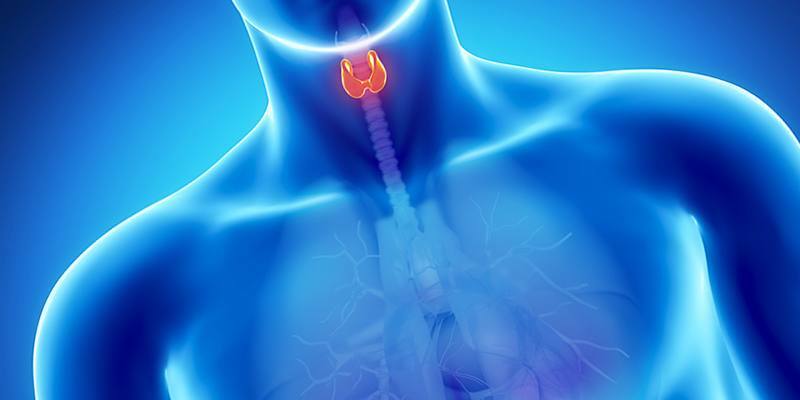
One of the disorders in the thyroid gland functioning is hyperthyroidism, accompanied by an acceleration of metabolism, as a result of which a subfebrile temperature of at least 37.2 ° C is observed, which persists for a long time. In addition, there are a number of other symptoms that manifest themselves as follows:
- irritability, instability of the emotional background;
- increased sweating;
- by pulse quickening;
- disorder of stool( diarrhea);
- sharp reduction in weight.
If these signs are found, it is necessary to start treatment in a timely manner. With the development of severe forms of thyroid gland diseases, it is possible not only disability, but also death.
Helminthiasis
Parasitic infection is often accompanied not only by increased weakness and fatigue, but also by a slight increase in body temperature. Infection of the body with parasites provokes a subfebrile condition due to intoxication.
Along with this, the patient has disorders in the digestive system, drowsiness and a sharp decrease in weight. It is important to identify the disease at an early stage, because in advanced stages, helminthiasis can affect the kidneys, liver, eyes and brain. Treatment of pathology implies one or two courses of taking antihelminthic drugs.
Autoimmune diseases
Similar diseases are characterized by the fact that healthy cells of the body are attacked by the immune system, which is accompanied by a prolonged inflammatory process with short-term exacerbations and subfebrile condition. The most common autoimmune diseases are:
- Rheumatoid arthritis;
- Crohn's disease;
- Hashimoto Thyroiditis;
- Sjogren's Syndrome;
- Systemic lupus erythematosus.
Anemia
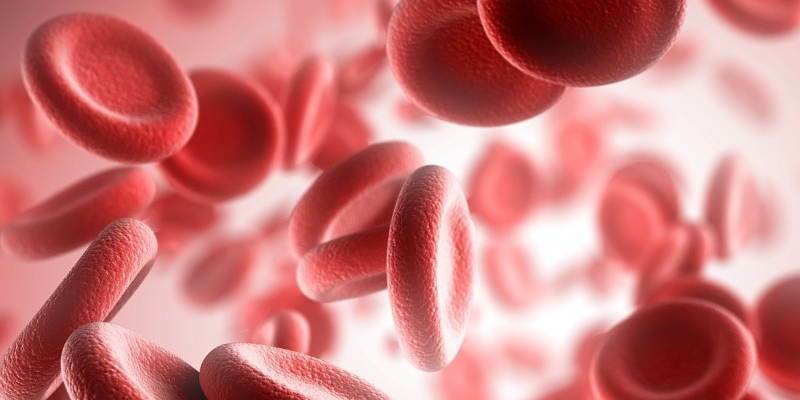
Iron deficiency anemia is often caused by chronic bleeding, gastrointestinal diseases or poor and unbalanced diet. Subfebrile temperature in women, as a sign of anemia, is often noted during pregnancy. In addition to the subfebrile condition, anemia can cause dizziness, drowsiness, and rapid fatigue. It can also be determined by external signs: thinning of hair nails, peeling of the skin.
Vegeto-vascular dystonia
It is the autonomic nervous system that coordinates the activity of the secretory glands and blood vessels, and hence the thermoregulation of the body. Therefore, any violations in its work can lead to the emergence of subfebrile.
In vegetative-vascular dystonia, a spontaneous temperature increase up to 37 ° C is observed in the daytime. In addition, changes in the pulse rate, blood pressure values can be recorded. The patient has increased sweating and decreased muscle tone.
Psychogenic causes
Stresses, neuroses and psychoemotional feelings provoke a change in metabolism. Subfebrile temperature in its essence arises against the background of the acceleration of metabolism. That is why people with a hypochondriacal character warehouse are most likely to subfebrile.
In this case, the hypochondriacs can further deteriorate the state of health: they increasingly measure the temperature, begin to greatly worried about their health. To determine the level of psychological stability, doctors apply appropriate tests to patients:
- Bek scale;
- questionnaire for the detection of PA( panic attacks);
- scale of emotional excitability, etc.
If the diagnosis is confirmed, the patient is recommended to undergo several sessions with the therapist. Along with this, sedatives or antidepressants are prescribed.
Drug taking
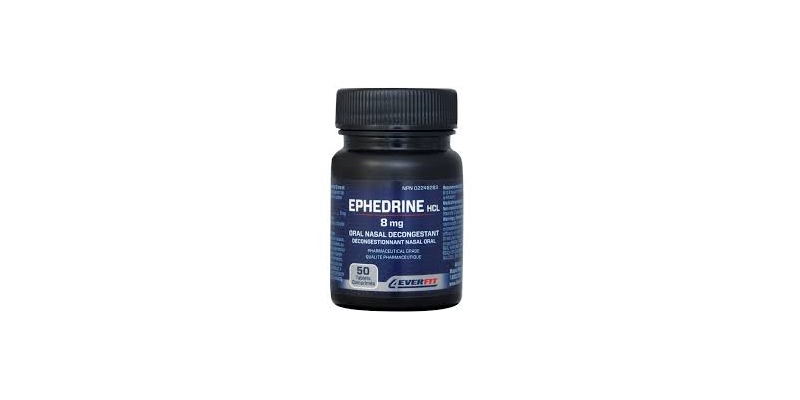
Passing course therapy with taking medications can cause a persistent increase in body temperature. To drugs that are able to raise body temperature to subfebrile values can be attributed:
- Antibiotics( ampicillin, penicillin);
- Antihistamines;
- Some antidepressants;
- Neuroleptics;
- Adrenaline;
- Ephedrine;Analgesic narcotic drugs.
It is also noted that in the treatment of oncology and after taking chemical preparations, the patient has a neutropenic subfebrile condition. This is due, first of all, to the weakening of the protective functions of the body.
Conditions after the illness
ARVI, influenza and other colds are characterized by fever, general malaise, runny nose and cough. However, from the moment of recovery, the subfebrile condition may persist for some time.
In this subfebrile temperature can last for a long time, up to several months. However, special treatment such residual effects after the disease does not require. You just need to lead an active lifestyle and strengthen immunity.
Subfebrile temperature in children

The subfebrile temperature of a child can be a serious cause of concern for parents. In children, as in adults, various diseases can be hidden under the subfebrile condition. However, there are a number of circumstances that do not directly indicate the presence of pathologies, but only serve as a signal for revising the methods of caring for the child.
For example, children under one year of intensive metabolism, which causes temperature fluctuations. The reaction of the baby's body to heat, physical activity and anxiety is more pronounced.
In older children, the subfebrile condition can already be alerted, therefore, as the temperature rises, an aspirin test is recommended. Its essence lies in the fact that the child is given a febrifuge in half the dosage and after 30 minutes the body temperature is measured. If the indicator has changed, then most often these are manifestations of ARVI.If the body temperature remains the same, the cause should be sought in a somatic disease.
With a stable subfebrile condition, the child needs to conduct a complex of diagnostic studies for 3 weeks: general analysis of blood, urine, feces, ECG, ultrasound of internal organs, etc.
Temperature measurement and interpretation of

Quite often, having noticed a stable temperature increase, many panic. However, the temperature anomaly does not always indicate a pathological symptomatology. To eliminate doubts and make an accurate temperature measurement, it is necessary to observe several rules.
First, the temperature of the body in the armpit should be measured for 5-10 minutes, not less. Secondly, it must be remembered that in the evening the increase in temperature may not necessarily be caused by the disease. Often the reason for low-grade fever at this time of day is very trivial: physicians found that between 4 and 8 pm, a physiologically justified increase in body temperature is traced.
In some people this figure may fall into the subfebrile zone, but this is only an individual feature. It is only necessary to carry out measurements every three hours during the day to determine precisely whether there are deviations from the norm. If the subfebrile temperature remains in the day, then a doctor's consultation is necessary.
Do not forget that underarms sometimes give different results. The difference can be 0.1-0.3 ° C.Experience shows that the left side gives higher indicators. In general, to determine the exact cause of subfebrile and to identify a possible pathology, you should seek medical advice.
It is he who will be able to assess the situation professionally and, if necessary, send it to a specialist to determine the cause of subfebrile more accurately. To be engaged in a selftreatment in the given situation in no event it is impossible.



